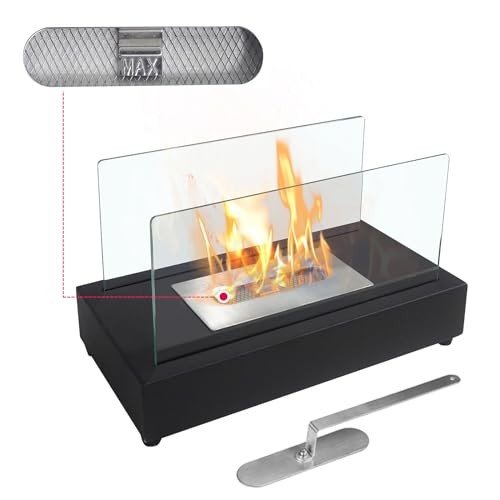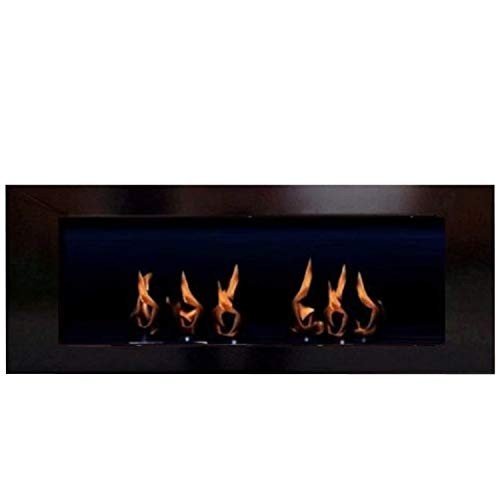Bioethanol fireplaces are a fantastic way to enjoy a cozy fire without the hassle of traditional chimneys or wood. They burn clean, are easy to set up, and leave no ashes behind, making them a great choice for modern living spaces. Plus, you can find a variety of stylish designs that fit right in with your home decor.
Bioethanol Fireplaces
Experience the warmth and ambiance of a modern flame with our eco-friendly bioethanol fireplaces
Product List
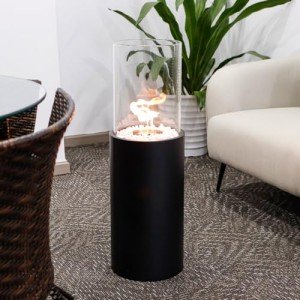
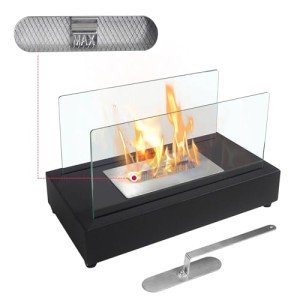
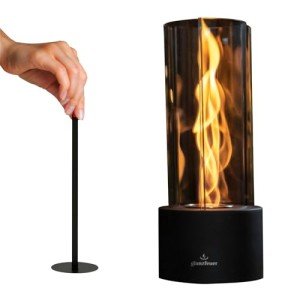
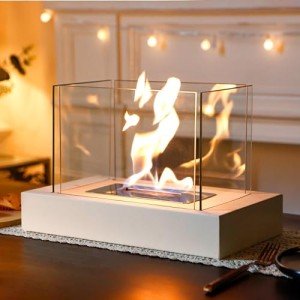

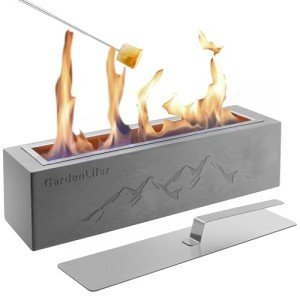


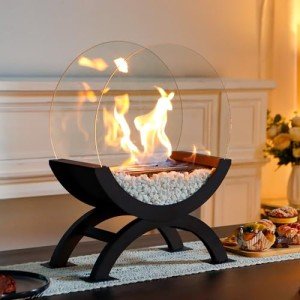
Round Glass Bio Ethanol Fireplace
Jhy Design
Product Review Score
4.58 out of 5 stars
184 reviews€104.36

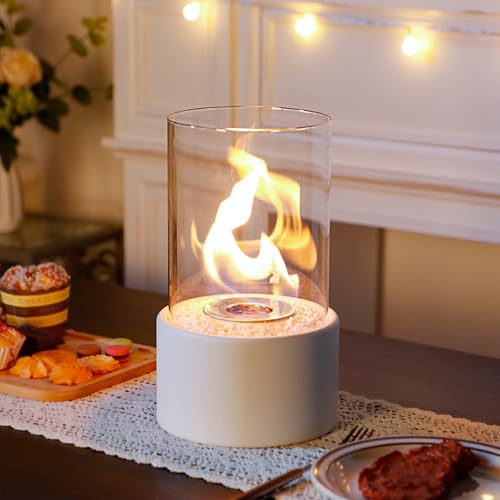
Indoor/Outdoor Bio Ethanol Fire Bowl
Jhy Design
Product Review Score
4.88 out of 5 stars
212 reviews€42.99
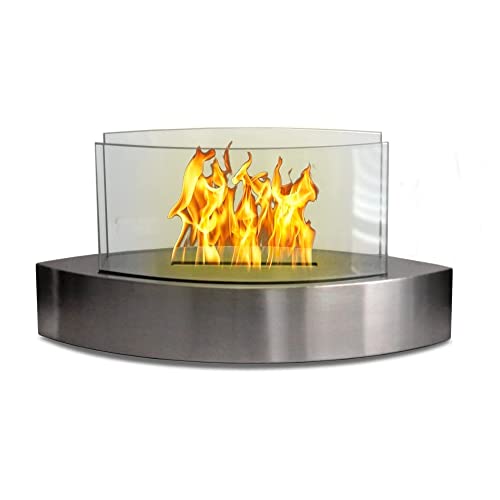
Lexington Tabletop Bio-Ethanol Fireplace
Anywhere Fireplace
Product Review Score
4.13 out of 5 stars
57 reviews€573.07
In a world increasingly focused on sustainability, the search for eco-friendly heating solutions is more critical than ever. Among the myriad options available, bioethanol fireplaces have emerged as a popular choice, providing the ambiance of traditional wood-burning fireplaces without the associated environmental impact. This guide will explore the features, benefits, and considerations of bioethanol fireplaces, as well as address common questions about their use.
What is Bioethanol?
Bioethanol is a type of renewable energy derived from biomass, which can include plant materials such as corn, sugarcane, and various types of waste. In the form of liquid fuel, bioethanol can be used in specially designed fireplaces to create clean, efficient heat with minimal environmental footprints.
How Bioethanol Fireplaces Work
Bioethanol fireplaces utilize bioethanol as fuel in a combustion chamber. When bioethanol is ignited, it burns cleanly, producing heat, water vapor, and carbon dioxide. What sets bioethanol fireplaces apart from traditional models is that they do not require a chimney, venting, or extensive installation; they can be placed almost anywhere in a home.
Advantages of Bioethanol Fireplaces
| Advantage | Description |
|---|---|
| Eco-Friendly | Bioethanol is a renewable energy source that produces minimal emissions when burned. |
| No Chimney Required | Unlike traditional fireplaces, bioethanol units do not need ducts or chimneys, simplifying installation. |
| Easy Installation | Most models can simply be placed in any room without professional installation needs. |
| Versatility | Available in various designs, styles, and sizes to match any interior decor. |
| Soot-Free | No soot or ash means less cleaning and maintenance required compared to traditional models. |
| Instant Heat | Bioethanol fireplaces provide immediate warmth, perfect for quick heating needs. |
Disadvantages of Bioethanol Fireplaces
Though bioethanol fireplaces offer many advantages, they are not without limitations:
| Disadvantage | Description |
|---|---|
| Heat Output | The heat produced is lower compared to gas or wood-burning fireplaces, making them less suitable for heating entire homes. |
| Fuel Availability | Depending on location, bioethanol fuel may not be readily available, impacting usability. |
| Cost of Fuel | Bioethanol can be more expensive than traditional fossil fuels, increasing overall heating costs. |
| Safety Concerns | Although they are considered safe, bioethanol requires caution, as it is flammable and should be handled properly. |
Types of Bioethanol Fireplaces
Bioethanol fireplaces come in various designs catering to different aesthetic preferences and functional needs. Here are some popular types:
-
Built-In Fireplaces: These are integrated into the wall and can serve as a focal point of any room. They require a more permanent installation but provide a sleek design.
-
Freestanding Fireplaces: Portable and versatile, these units can be moved around the home as needed and require no permanent installation.
-
Tabletop Fireplaces: Small and perfect for achieving a cozy atmosphere, tabletop models are ideal for indoor and outdoor use.
-
Wall-Mounted Fireplaces: These fireplaces save floor space and can be an attractive design feature, hanging on a wall like a piece of art.
-
Outdoor Fireplaces: Designed specifically for outdoor use, these units illuminate patios, gardens, and decks, allowing homeowners to enjoy warmth and ambiance year-round.
Care and Maintenance
Bioethanol fireplaces are relatively low maintenance compared to traditional fireplaces, but some basic care practices will ensure optimal performance and safety.
- Clean the Burner: Periodically check and clean the burner to remove any residue that may accumulate over time.
- Use Quality Bioethanol Fuel: Always opt for high-quality fuel designed for fireplaces to ensure clear burning and to prevent the buildup of impurities.
- Check for Leaks: Ensure the tank and burner areas are free of leaks to maintain safety during operation.
- Properly Dispose of Empty Containers: Always recycle or dispose of empty bioethanol containers according to local regulations.
Frequently Asked Questions (FAQ)
1. Are bioethanol fireplaces safe to use?
Yes, when used according to the manufacturer's instructions and with proper safety measures, bioethanol fireplaces are generally safe. It is essential to avoid flammable materials nearby and ensure adequate ventilation.
2. Can bioethanol fireplaces heat an entire house?
Bioethanol fireplaces are not designed to be the primary heating source for an entire home. They are best used as supplementary heating units, providing warmth and ambiance in specific areas.
3. How long does bioethanol last when burned?
A liter of bioethanol can burn for approximately 2 to 4 hours, depending on the fireplace design and the rate of fuel consumption.
4. Do bioethanol fireplaces produce smoke or odor?
Bioethanol fireplaces burn cleanly, producing minimal smoke and odor. However, some users may notice an initial scent when the fireplace is first lit or if low-quality fuel is used.
5. What is the cost of operating a bioethanol fireplace?
Operating costs will vary depending on the frequency of use and fuel prices, but bioethanol can be more expensive compared to traditional fuels; therefore, potential buyers should consider this in their decision-making.
Bioethanol fireplaces offer a modern, stylish, and environmentally conscious alternative to traditional heating solutions. With their impressive designs and ease of use, they are rapidly gaining popularity among homeowners seeking to enhance their living spaces with the warmth and ambiance of fire.
As with any heating solution, it is essential to consider the specific needs of your home, including heating efficiency, installation requirements, and overall comfort. With the right bioethanol fireplace, homeowners can enjoy a sustainable and beautiful addition to their spaces that reflects their commitment to eco-friendliness and modern aesthetics.

